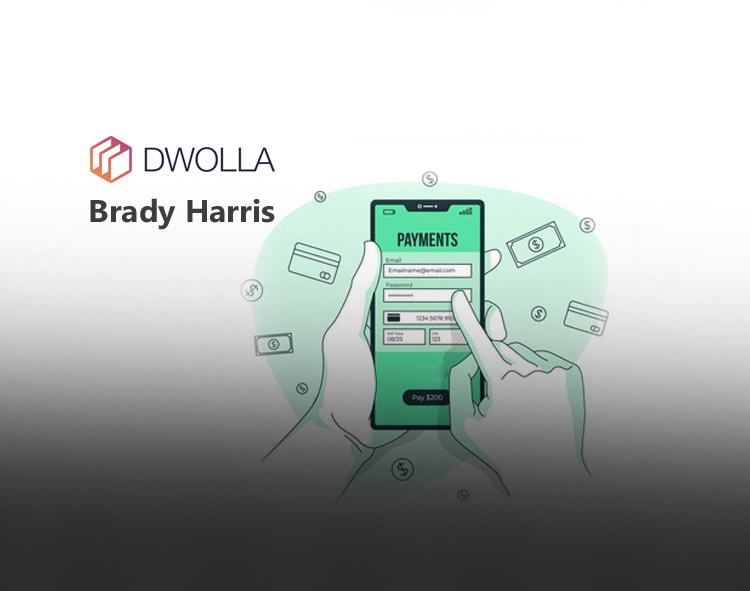From its beginning the payments space has been an industry full of innovation. As payment methods have evolved,from a simple bartering system to our modern method of bank-to-bank transactions,the constant changes have muddied the waters for modern business leaders.
Read More: HighRadius Strengthens Executive Leadership Team with New CFO Hire
In what feels like the blink of an eye, the rapid innovation of fintech has completely shifted the payments landscape. The pace of this innovation has left many business leaders with outdated information about modern, online payment methods and, in turn, what payment methods are best for meeting their specific needs.
To clear the air and help today’s businesses operate as efficiently and cost-effectively as possible, let’s debunk some of the biggest myths around modern payment methods.
Myth #1: Online payments are a security risk.
In the digital age, online payments have been slowly making their way to the spotlight. Some business leaders have already crossed the chasm and jumped on the online-payment bandwagon, while others are dragging their feet about taking the leap.
With a constant buzz around cybersecurity threats it can be easy to believe digital payments are more likely to fall victim to possible security hacks than a hand-written check or paper money. Though, the truth is, online payments actually have a relatively low risk of security breaches when done correctly.
According to a Federal Reserve survey from 2019, online payments fraud represents just a fraction of 1% of the total value or number of payments. Organizations that offer online payments and stay up to date on the latest security practices are prepared to address any unusual activity or potential threats. The key is preparing for all worst-case scenarios so the organization can take immediate action should an issue arise.
Read More: GlobalFintechSeries Interview with Chen Amit, Co-founder and CEO at Tipalti
Myth #2: Digital transactions take days to process.
As far as we’ve come in terms of FinTech innovation, most consumers still believe it takes two to three business days for money to transfer from one account to another, despite taking just seconds to confirm a payment. While this may be deemed the industry standard, it doesn’t have to be.
Today, money is being transferred in a matter of hours, even minutes, thanks to the Automated Clearing House (ACH) Network. Through ACH payments, businesses can avoid lengthy approval processes. Because businesses and their customers can avoid delays due to insufficient funds or unauthorized transfers, there is no wait time for money to be transferred in these bank-to-bank transactions. Consumers can see the money come through their account the same day.
Modern consumers expect faster payments, which means businesses need to avoid any delays when possible. With ACH payments, customers can access their money on the same day, allowing businesses to keep pace with their requests for faster turnaround times.
Myth #3: Debit cards come with unavoidable fees.
While in some vein this statement is true, there are certainly avoidable fees associated with card transactions. As debit and credit cards continue to be the payment method of choice among consumers, cutting out the avoidable fees would l be a significant benefit for businesses.
Unfortunately, assessment and interchange fees are typically non-negotiable, but processing fees are where businesses can cut the costs. Processing fees are charged every time someone makes a purchase. Considering a business has anywhere from tens to thousands of transactions a day, the price of processing fees add up quickly.
Organizations can help their customers by offering ACH transactions as a payment method. Since ACH payments connect directly to a bank account, ACH transactions avoid the traditional fees associated with card transactions. Not to mention, these transactions only cost a business pennies to complete, so it’s a win for both parties.
The modern payments landscape can be a tangled web of misinformation. By pairing the right security practices with the appropriate programmable payments infrastructure, organizations can tackle the challenges of online payments, making the payment experience a smooth process for employees and customers alike.
